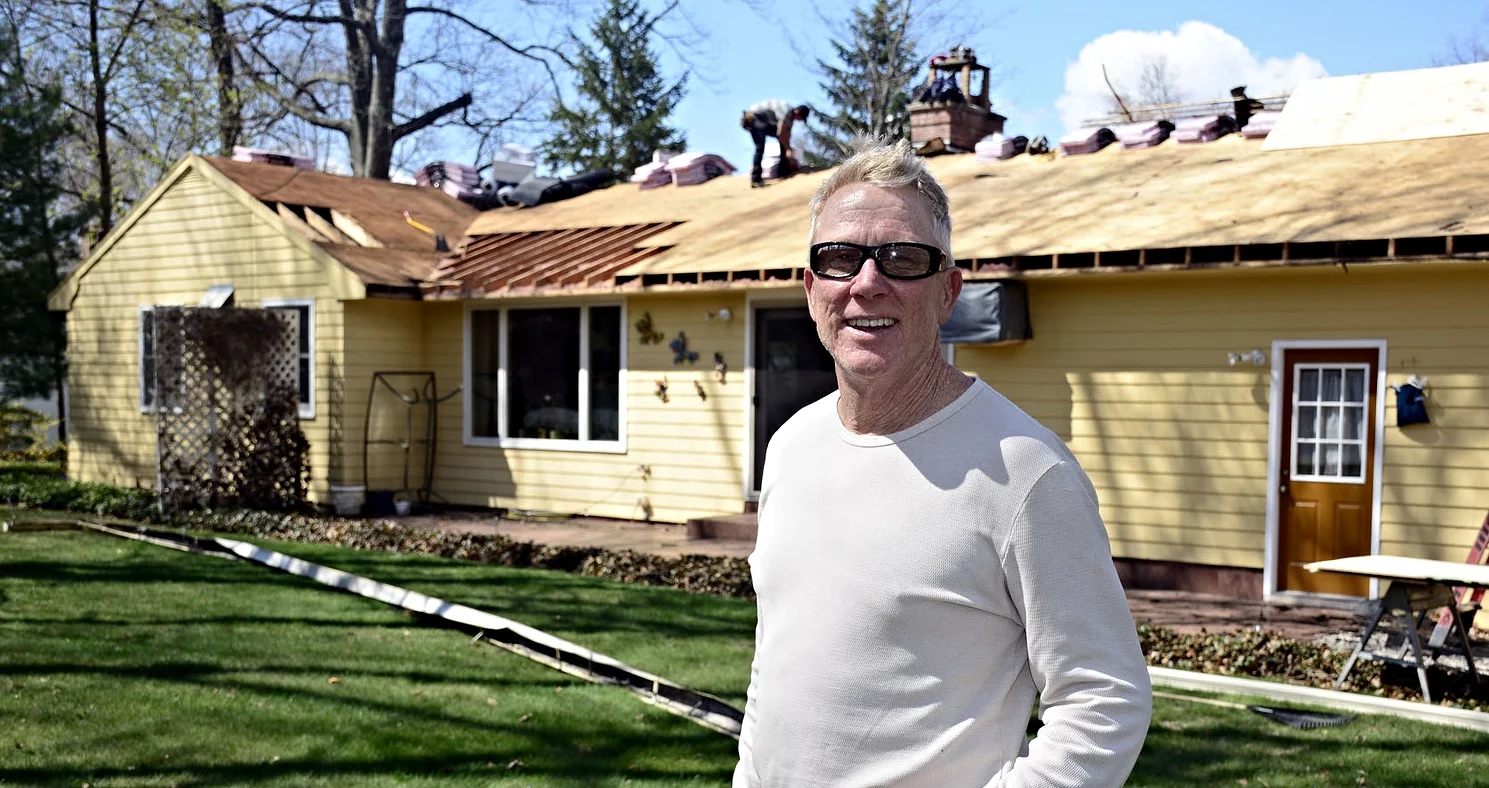Build Your Own Backyard Fire Pit This Weekend
Chelsea O'Donnell
Last week we talked about the different ways you can enjoy an ambient fire in your own backyard. While there are many options for a portable, moveable (and tippable!) pit, many of us like the idea of a permanent area to enjoy evenings gathered around the warm glow of an open fire. So today, I’ll be showing you how to build a simple backyard pit that you can enjoy for the rest of the summer and right through the autumn too.
First things first, always check your town’s website or fire department for their rules on open fires. Some special requirements might include fire size, setback distances, or general fire permits, so make the call before you get started.
Next, choose a place with plenty of room that’s well away from your home and any low hanging trees, bushes, or vegetation. This is a fire we are talking about, so safety has to be of the utmost importance. Also, if you have to dig, make sure you steer clear of any utility lines or in-ground sprinklers.
Once you have your spot, measure out the space for your pit. You’ll want to have 36-44 inches for the inside where the fire will burn, plus an additional 12 inches around for your stone or brick wall. Put a few chairs about 24 inches from where your outer rim will be to ensure that people can fit comfortably without burning their knees. Setting up your space is important - you want to make sure you have enough room for your family to enjoy the fire without the set up feeling too close or crowded.
Once your setup is ready, dig a 12-inch deep hole into the ground. If you’re building your pit on a patio, you’ll want to remove the original pavers. Then add a layer of sand and tamp it down so it’s level. Alternatively, you can also add a layer of additional pavers on top of the current base and fill in the cracks and crevices with sand. It’s important to have this base for your fire to ensure that you protect the ground or your current patio from heat damage.
Next, it’s time to lay your ring. Most home improvement stores carry pre-made fire pit “kits” which include the stone that you’ll need for the job. Alternatively, you can find rounded pavers to purchase at a simple per unit price, just be sure that they are heat resistant. I highly recommend going with a height of at least 18 inches or roughly knee height to ensure that the fire is properly contained while still giving it room to throw heat.
If you’re going with a DIY option, the easier way to do it is to lay the pavers subway style, with each layer centered over the seam of the previous layer to give it extra stability. It also gives the pit a higher-end look. Depending on the size of your pavers, three layers of stone should do the trick. If you’re using brick, you’ll probably need to double that amount.
And that’s it! Of course, you can choose to create a much more lavish design, but if you’re going for a simpler look, it can be built in just a few hours and will be ready to be enjoyed that very day. I can’t wait to see what you come up with. Send me a message on Facebook at facebook.com/odonnellbros to share your ideas.
Bob O’Donnell is the owner of O’Donnell Bros. Inc., a Bristol-based home improvement company established in 1975. Email your questions for Bob to info@odonnellbros.com with the subject line “Ask the Pro.” All questions may be considered for publication. To contact Bob for your remodeling needs, call O’Donnell Bros. Inc. at (860) 589-5155 or visit http://www.odonnellbros.com. Advice is for guidance only.
